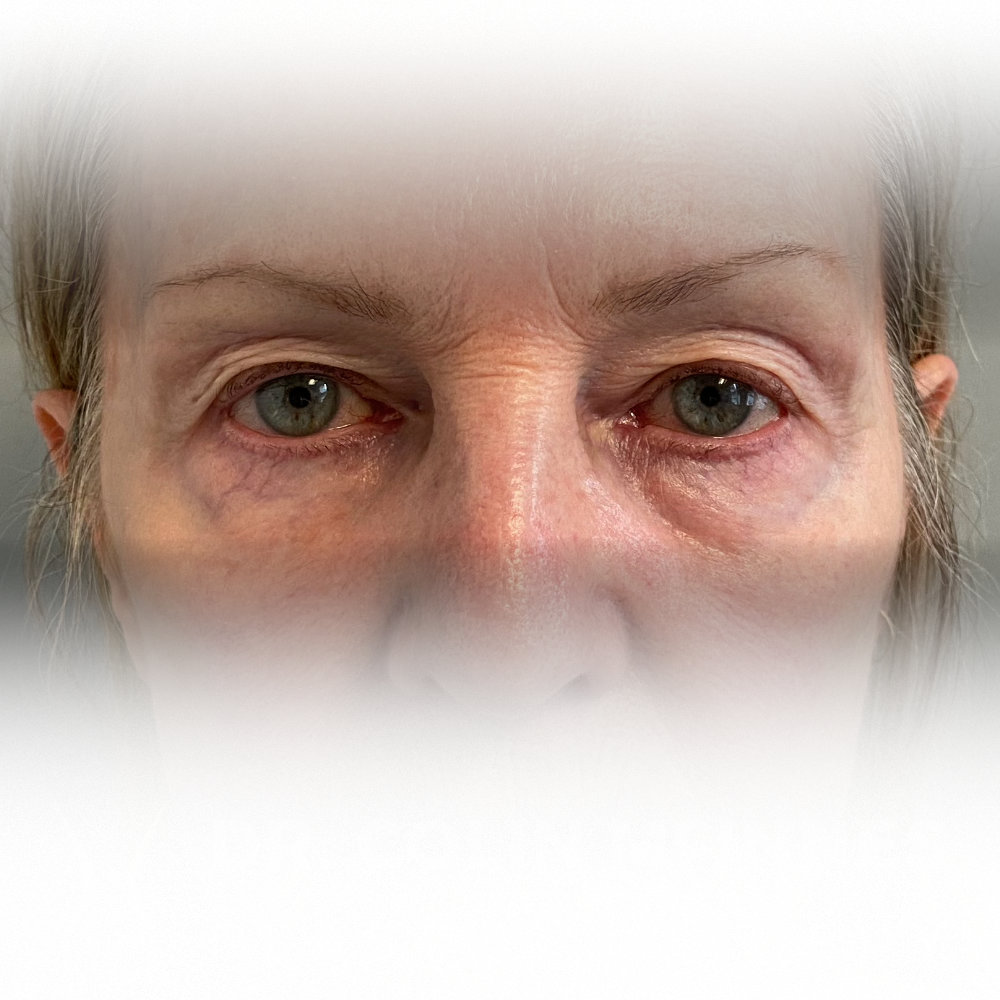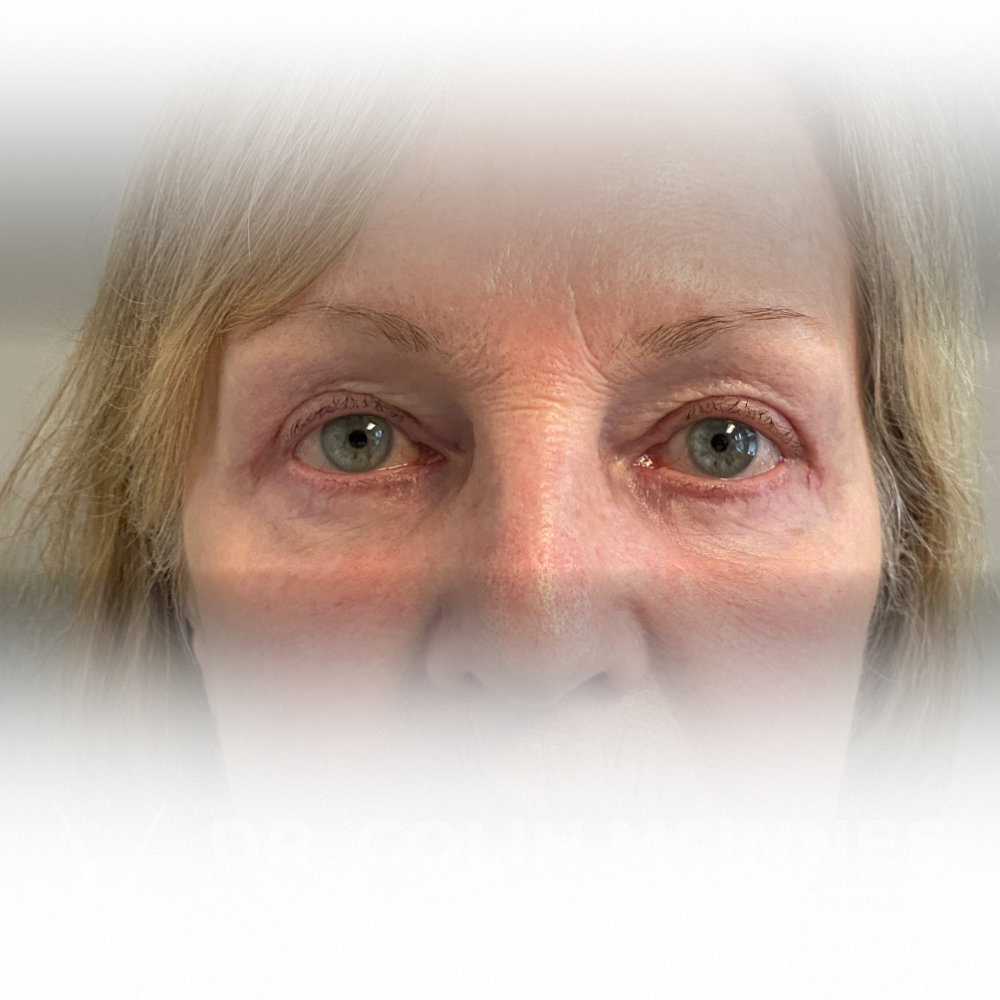Blepharoplasty
About Blepharoplasty (Eyelid Surgery)
Blepharoplasty surgery is also commonly known as hooded eye surgery, droopy eyelid surgery, double eyelid surgery, asymmetrical eyelid surgery, eyelid fat removal, eyelid tightening or an eyelid correction. Ageing eyelid appearance is a very common concern among patients usually caused by loose skin and fat, and sometimes fat herniation. This produces an aged, and sometimes sad or tired appearance. It results with aging, as the soft tissues of the eyelid lose their elastic properties and structural integrity. In addition, the fatty compartments of the face change with time, becoming more prominent in certain areas and less prominent in others. In severe conditions, some patients can present with visual obstruction. There are other systemic conditions which can cause sagging eyelids that must be carefully assessed by the treating surgeon to ensure patients obtain the appropriate surgery.
Blepharoplasty surgery is a powerful technique to address excess skin and fat in the upper and lower eyelids. The incision on the upper eyelid is carefully hidden in the eyelid crease. For the lower eyelid, if no excess skin is required for excision, the incision can be placed on the inside of the lower lid which avoids a visible scar. Eyelid surgery can also be used to deepen the eyelid crease, or to create a crease in patients who do not have one.
Blepharoplasty Procedure
Surgery is usually performed in an outpatient facility. If the only area being treated is the upper eyelid, it can sometimes be done with local anesthetic only. If local anesthetic is used, patients are comfortable during the procedure and do not feel any pain. Patients will feel a bit of pressure and movement, but nothing painful.
If surgery is also required on the lower lid, patients are treated under general anesthetic in an outpatient facility. They will go home after surgery but need to be driven by a friend or family member. We recommend having a friend or family member stay with you the first night after surgery.
Candidates For a Blepharoplasty
Ideal candidates are reasonably healthy individuals without advanced medical problems and without complex visual problems. Patients with eye disease, such as Grave’s disease, glaucoma, dry eye, chronic tearing etc., may find their post-operative symptoms are worse. While some of these patients may still be candidates, it will depend on the severity of their pre-operative symptoms and other factors that will be discussed at your consultation.
How to Prepare for a Blepharoplasty
In order to have this surgery, patients must stop smoking at minimum 6 weeks before and 6 weeks after surgery. This will help with healing and lessen the chances of infection.
Medications such as blood thinners also need to be stopped at appropriate intervals before surgery and Dr. McInnes will discuss this with you. Herbal supplement such as ginko and fish oil, also need to be stopped in advance of surgery as the tend to increase bleeding risks. Dr. McInnes will typically prescribe a very short course of antibiotics following eyelid surgery.
Blepharoplasty Recovery Time & Aftercare
After surgery it is common to have some degree of bruising and swelling which normally resolves in 10-14 days. It is common to have a slight amount of discomfort that can be treated with Tylenol and Advil. If there is any pain that seems unnatural or more severe, you will have Dr. McInnes’ contact information and will contact him. Post-operative care involves application of cold compresses to the eyelids and antibiotic ointment to the suture line. Lubricating eyedrops can be used to prevent eye dryness and irritation. Makeup cannot be worn around the incision for 7-10 days. You can expect to be off work for 1-2 weeks.
Risks
Most complications follow blepharoplasty, such as bleeding and infection, are rare and readily treated. Any surgery around the eye region does have an exceedingly low, but not zero risk of haemorrhage leading to blindness. Dr. McInnes will tell you exactly what to watch out for after surgery and you will contact him if you have any concerns. Some degree of bruising and swelling is expected.
There are risks associated with your surgery. Please download the consent form designed by the American Society of Plastic Surgeons (ASPS) for a detailed list and description of the risks involved (found here). Risks of surgery will be discussed prior to your consent. It is important to address all your questions directly with Dr. McInnes.
Contact
Contact Dr M's office to learn more and schedule your consultation or fill out the Book Your Consultation form above.
Before & After Photos
Upper Lid Blepharoplasty
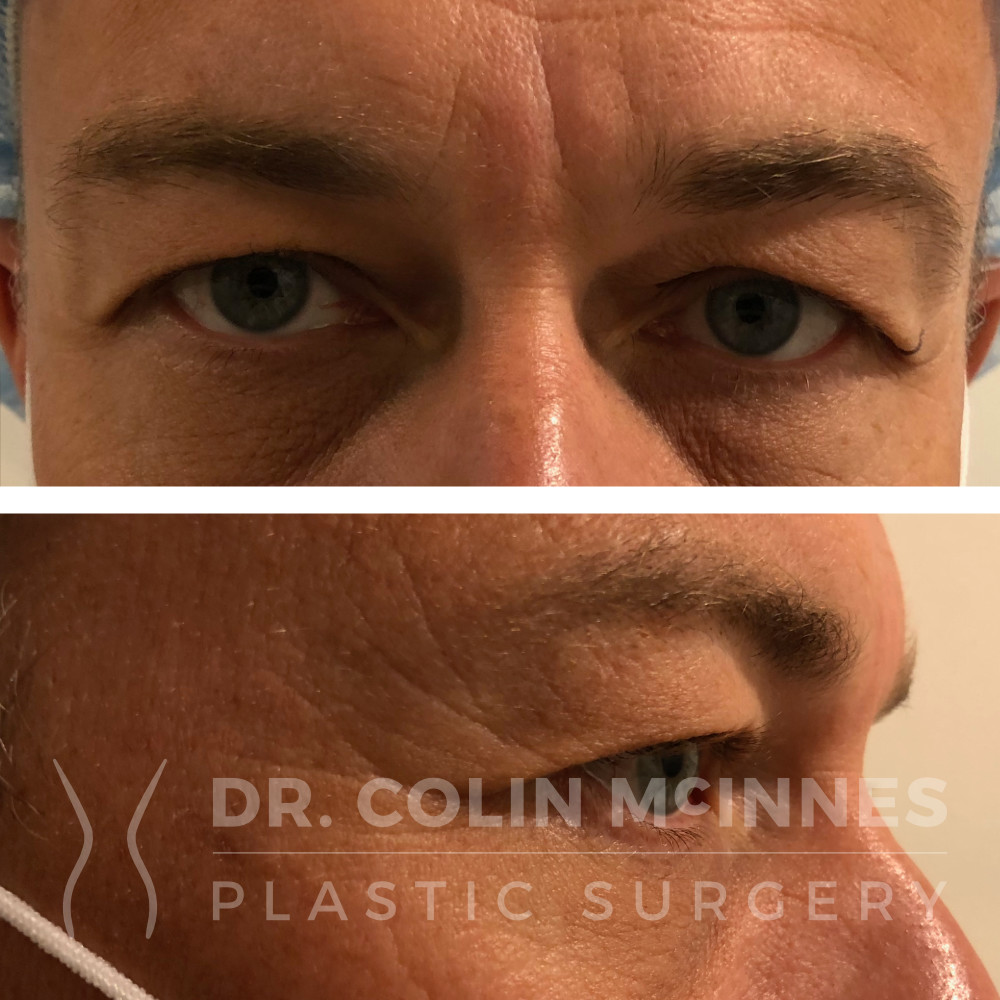
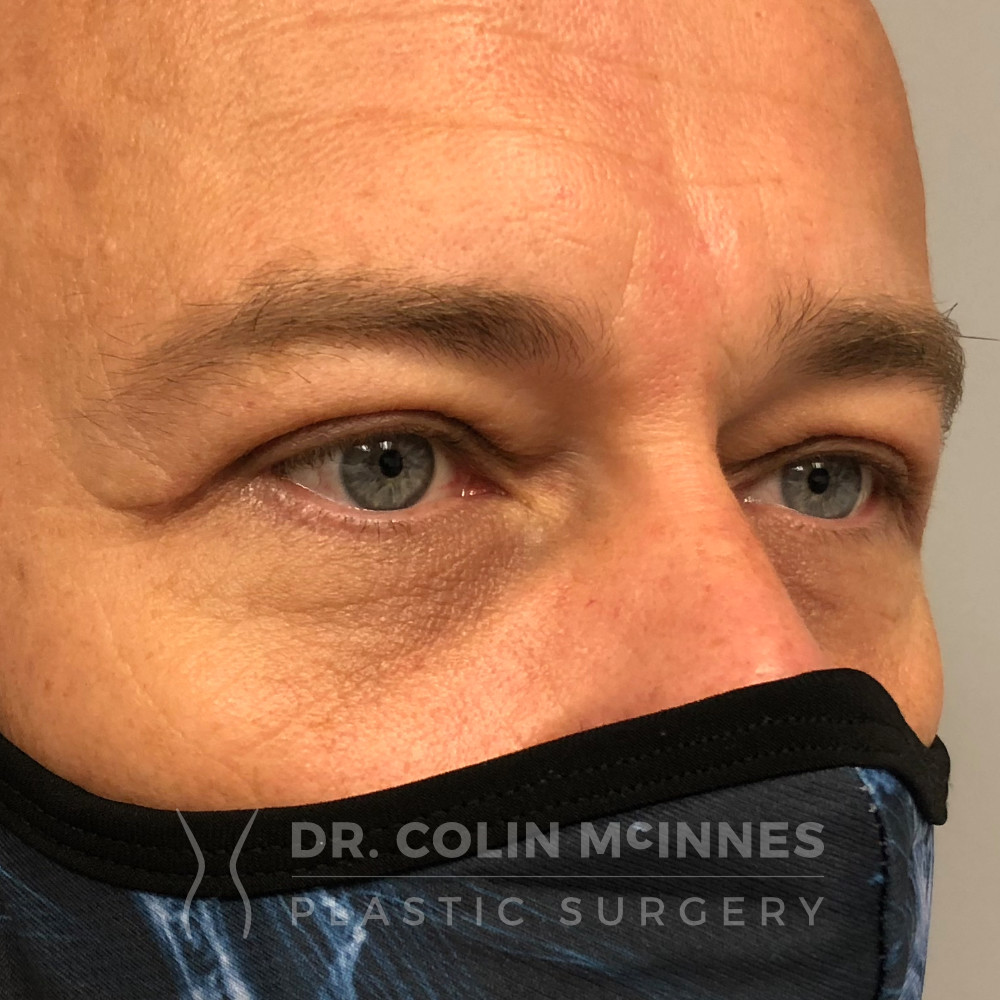
Upper Eyelid Blepharoplasty
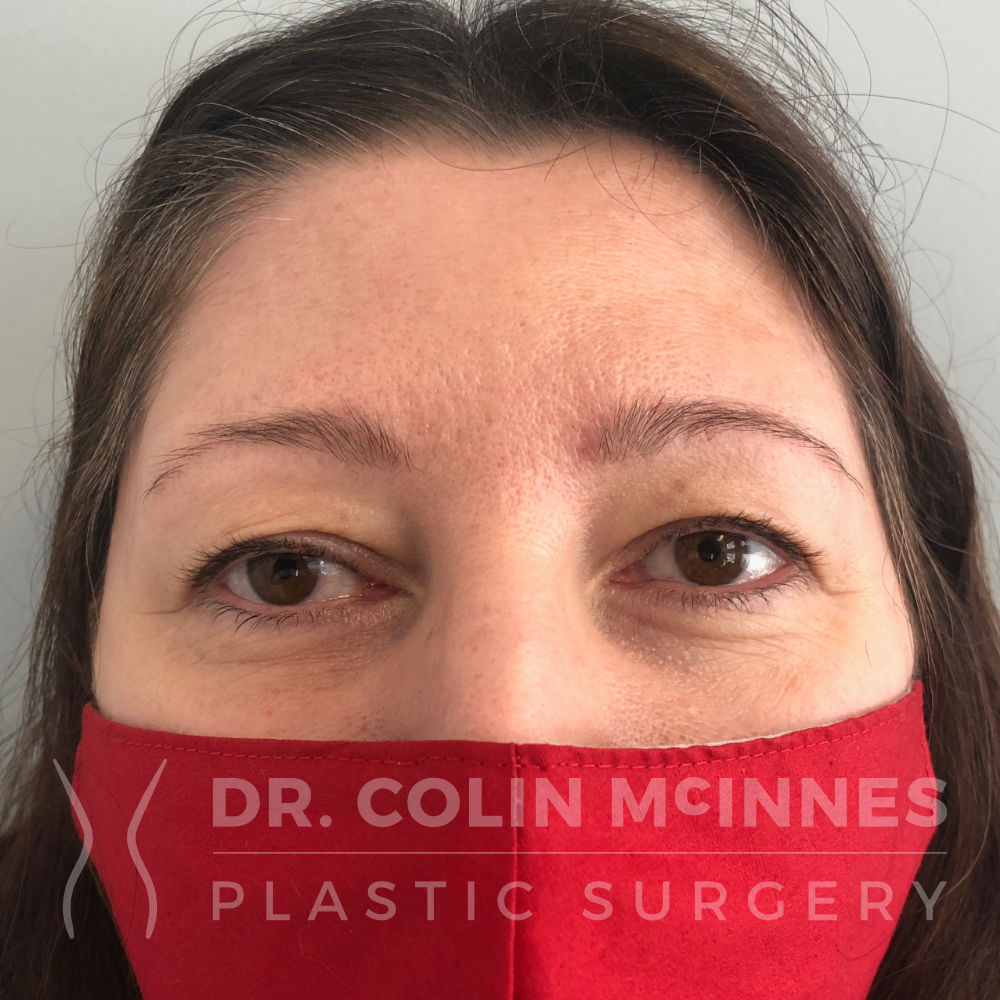

Scars after 6 months


Upper Eyelid Blepharoplasty


Blepharoplasty
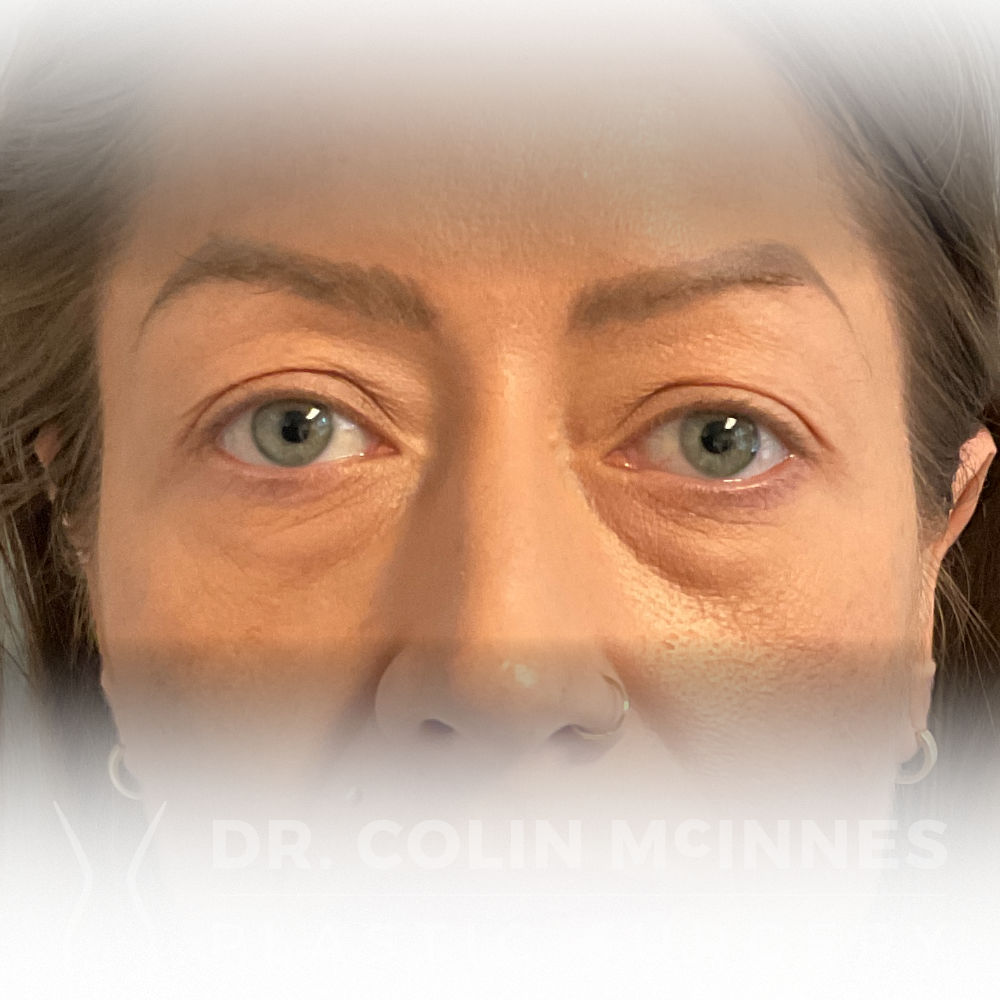
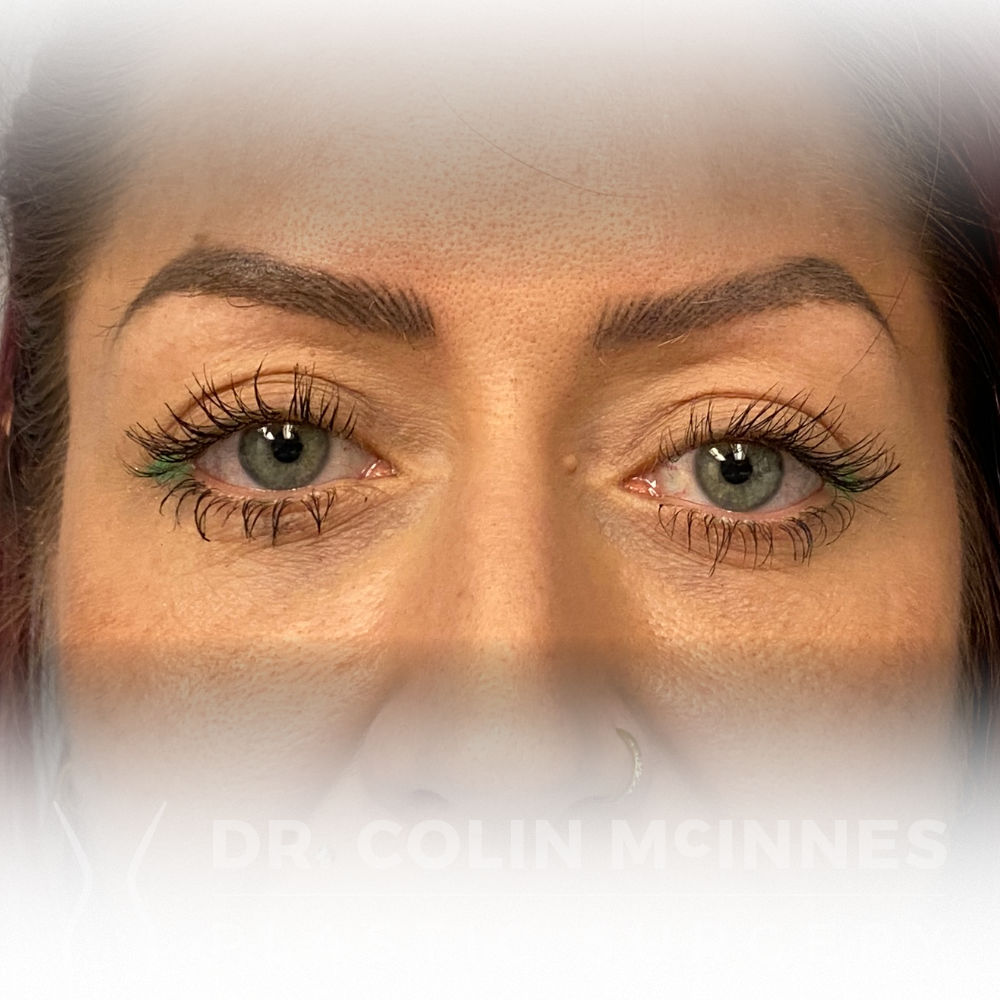
Lower Eyelid Blepharoplasty
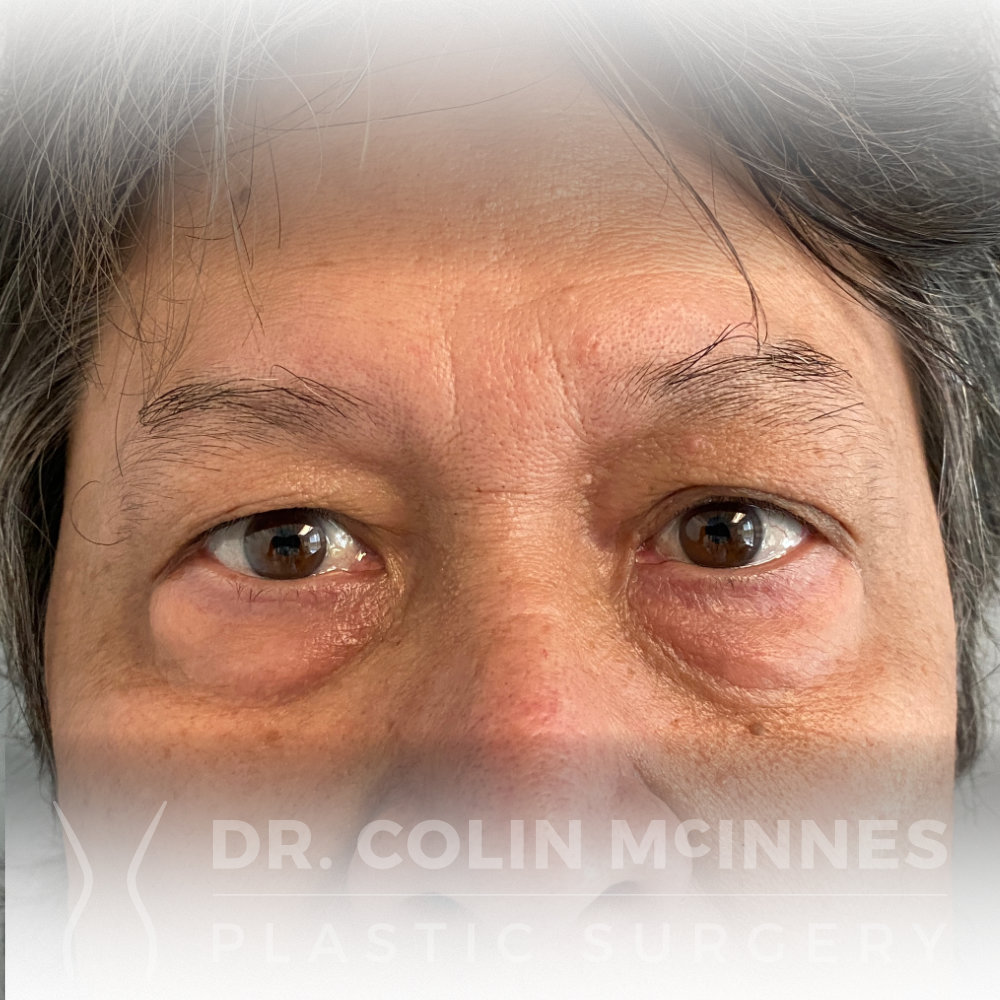
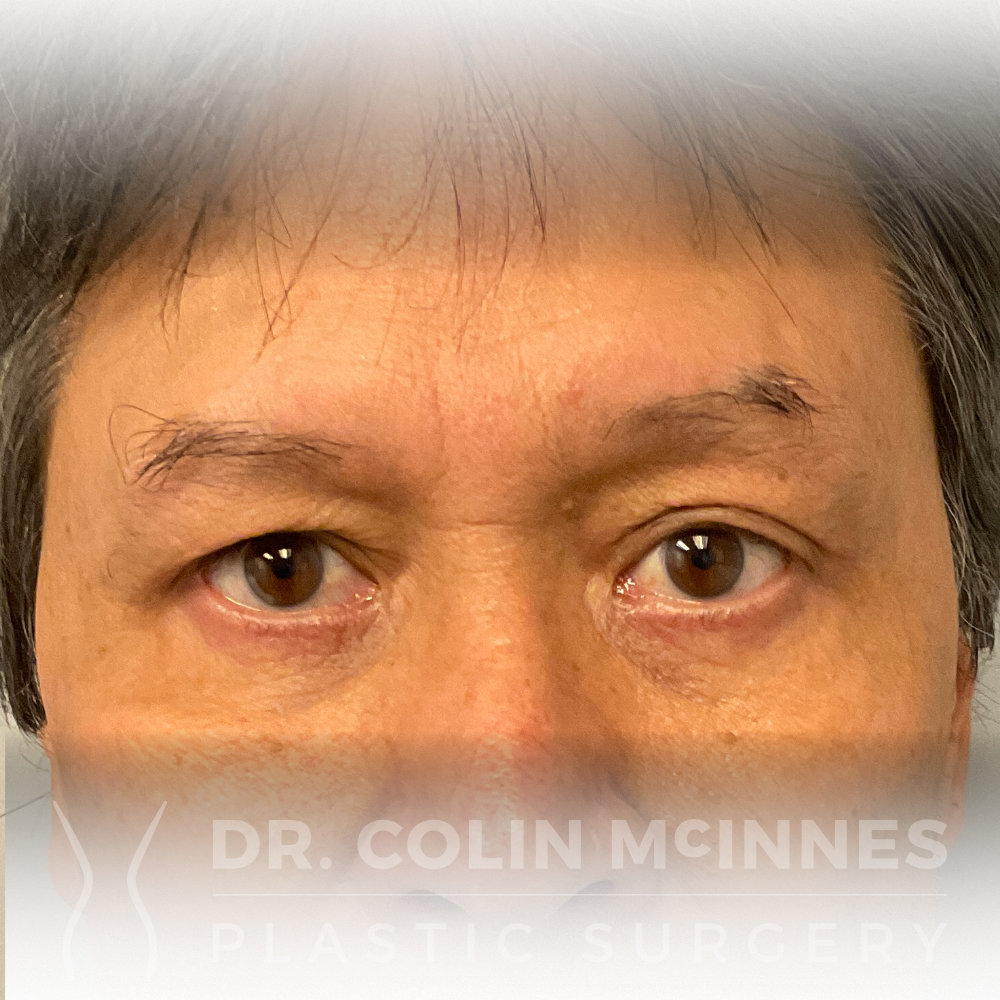
Lower Eyelid Blepharoplasty

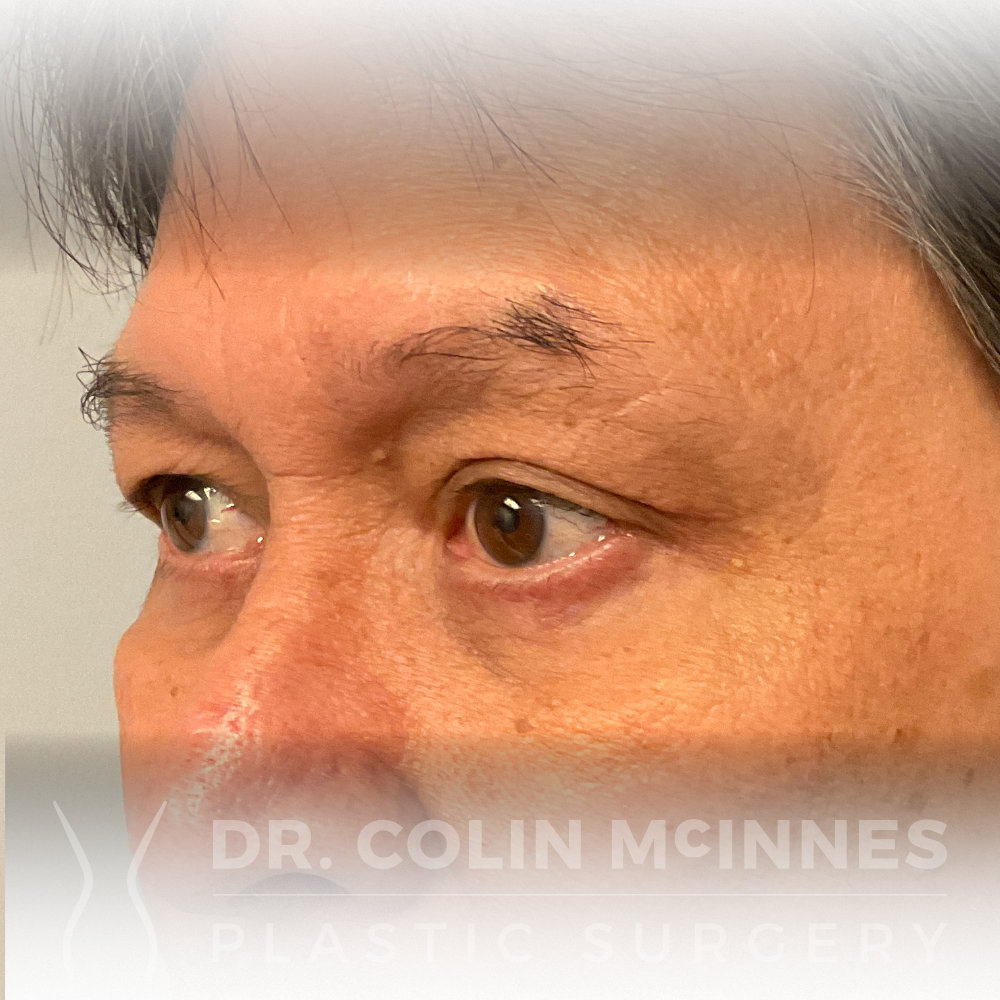
Lower Eyelid Blepharoplasty
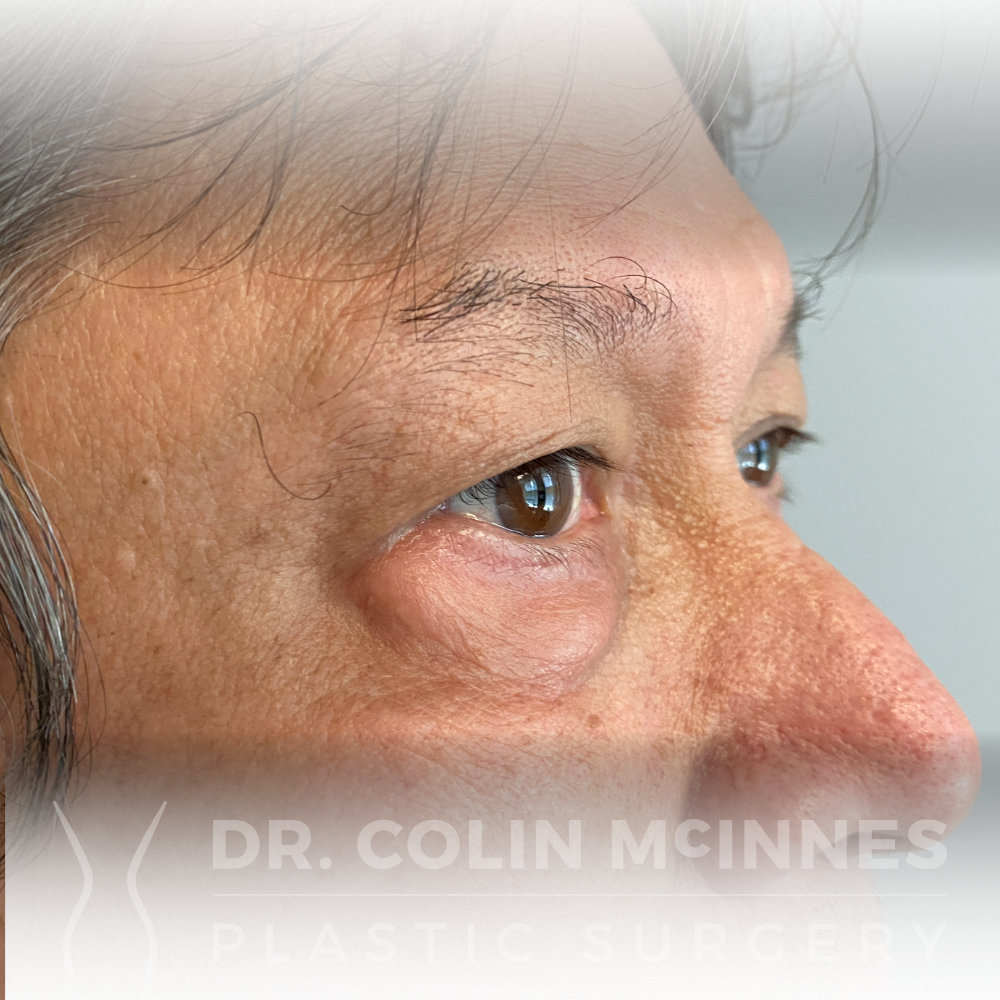
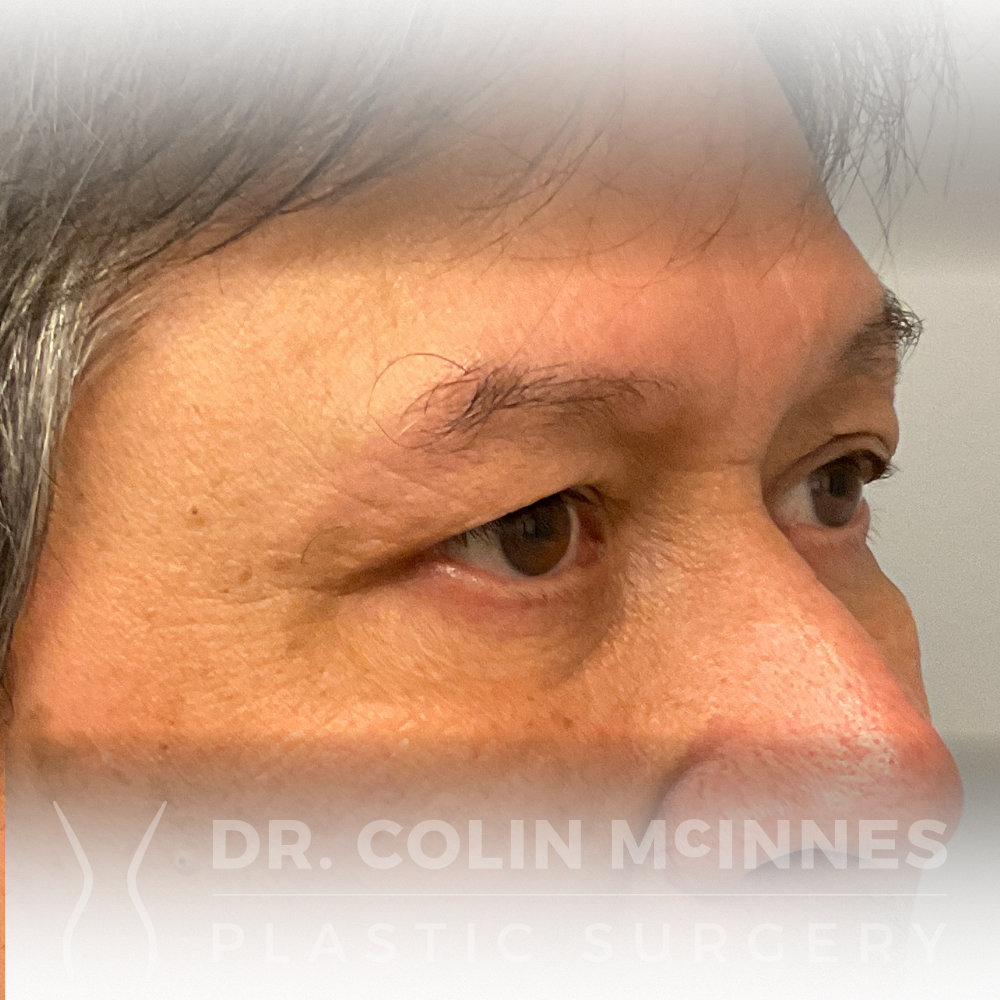
Right Side Brow Lift & Bilateral Upper Blepharoplasty
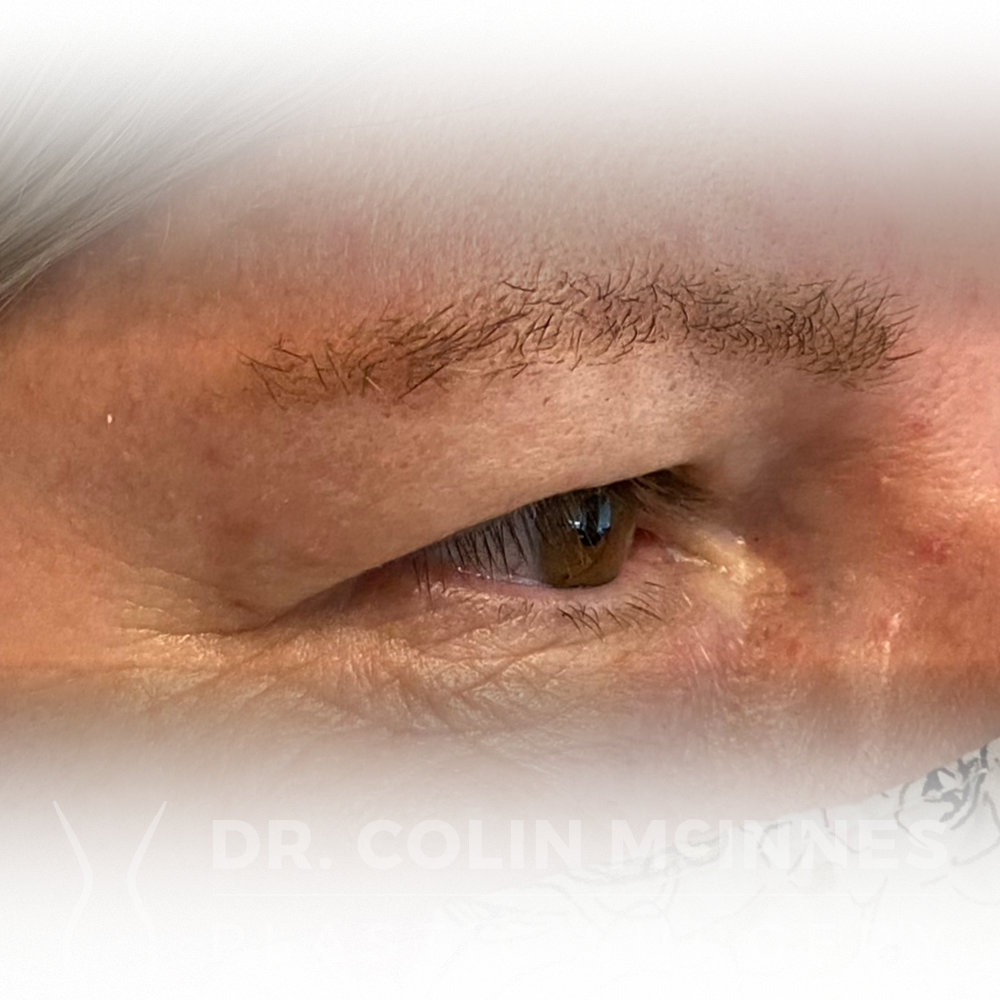

Right Side Brow Lift & Bilateral Upper Blepharoplasty


Upper Blehparoplasty


Revisional Upper Lid Blepharoplasty
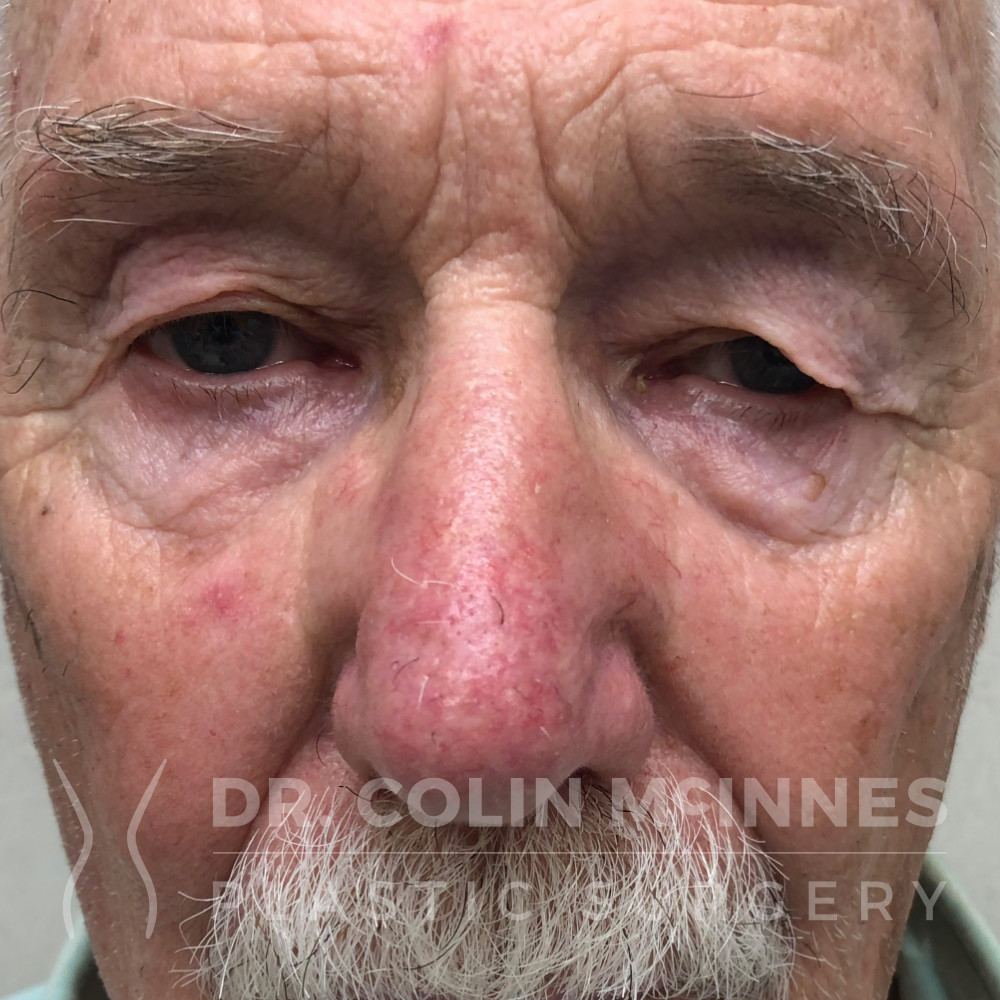
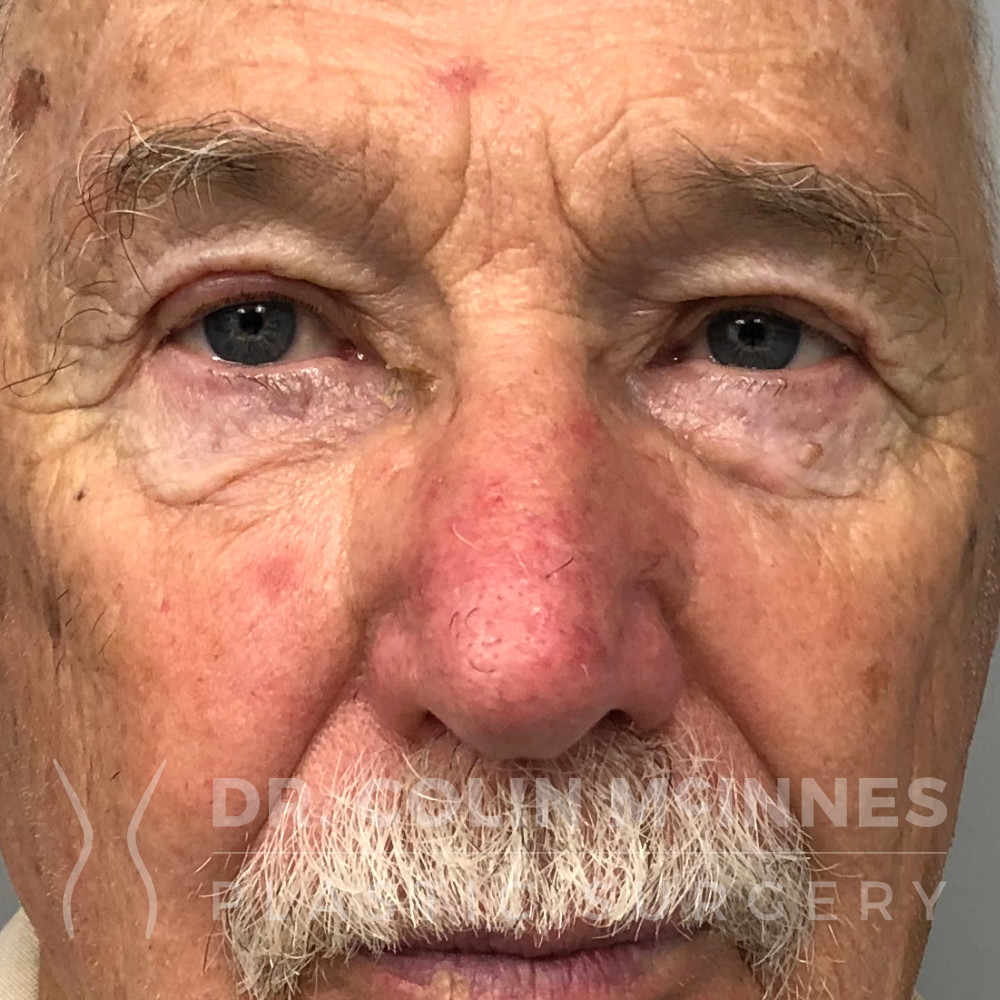
Upper Eyelid Blepharoplasty

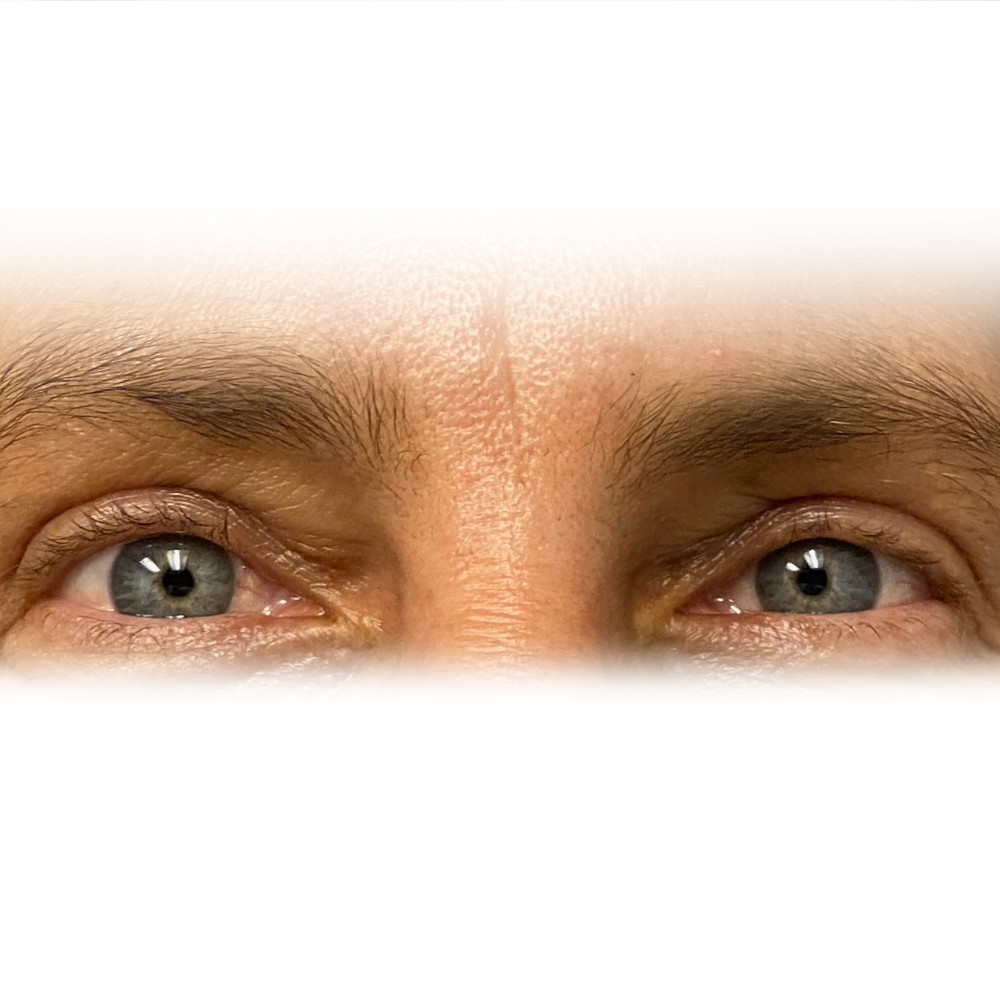
Upper Eyelid Blepharoplasty
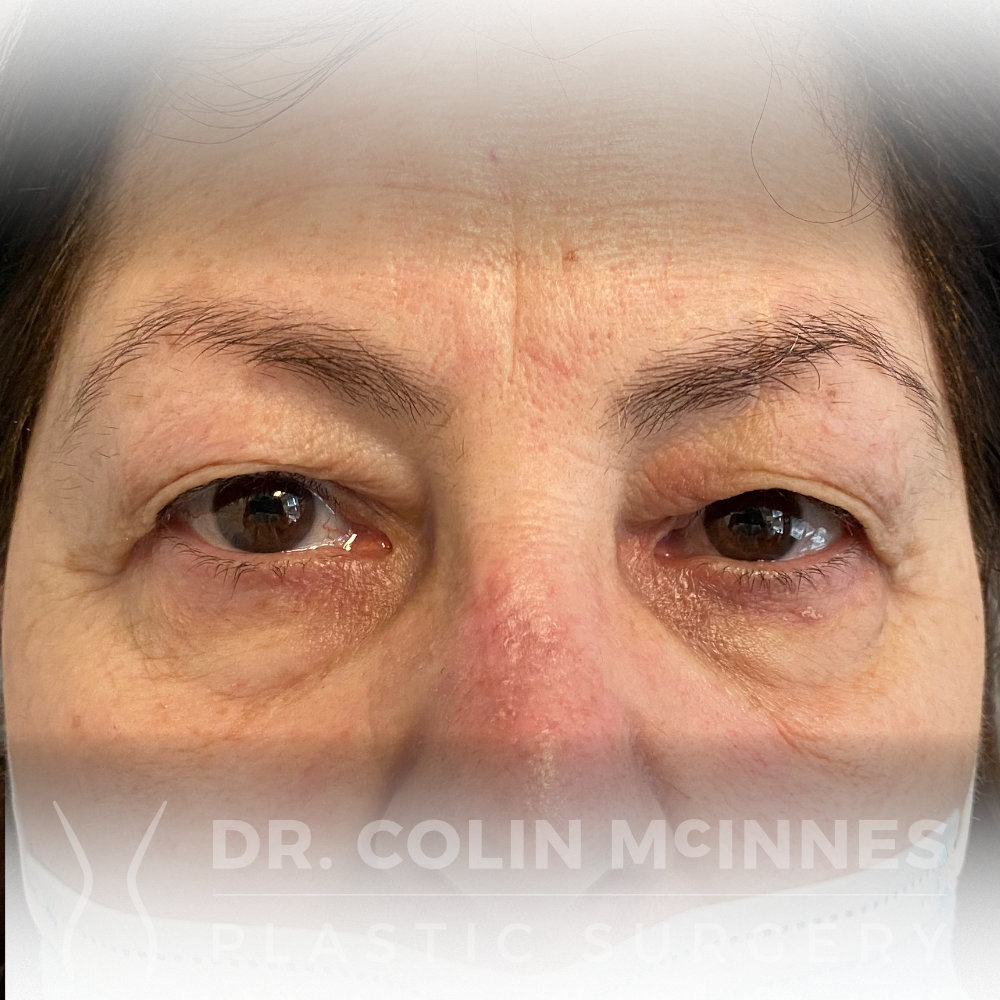
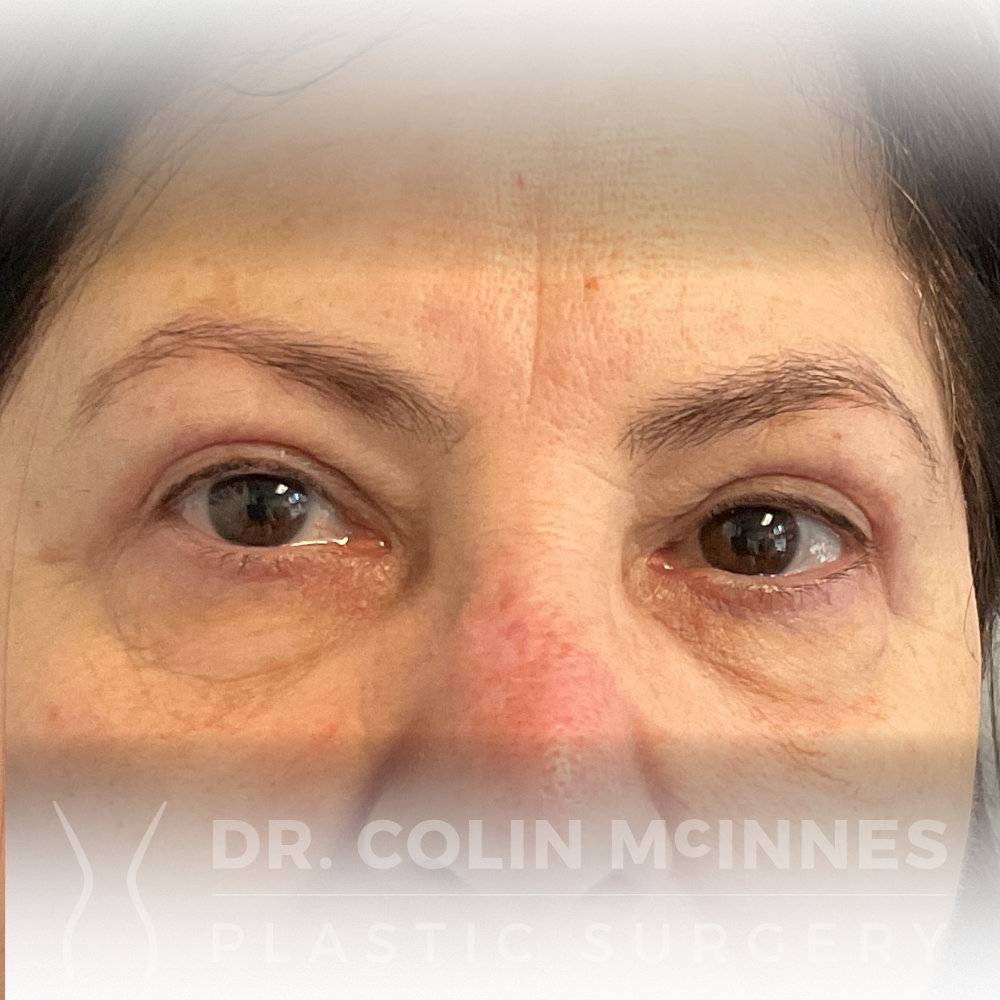
Upper Eyelid Blepharoplasty

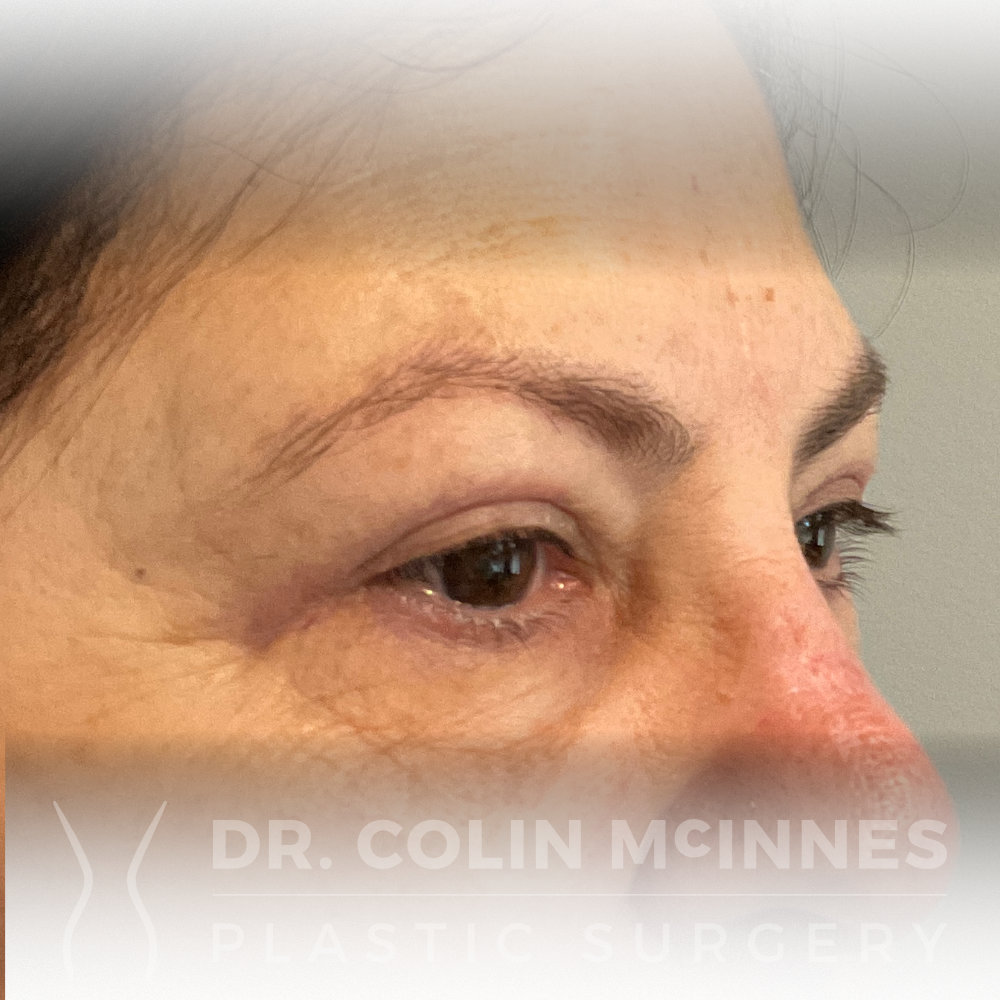
Upper Eyelid Blepharoplasty
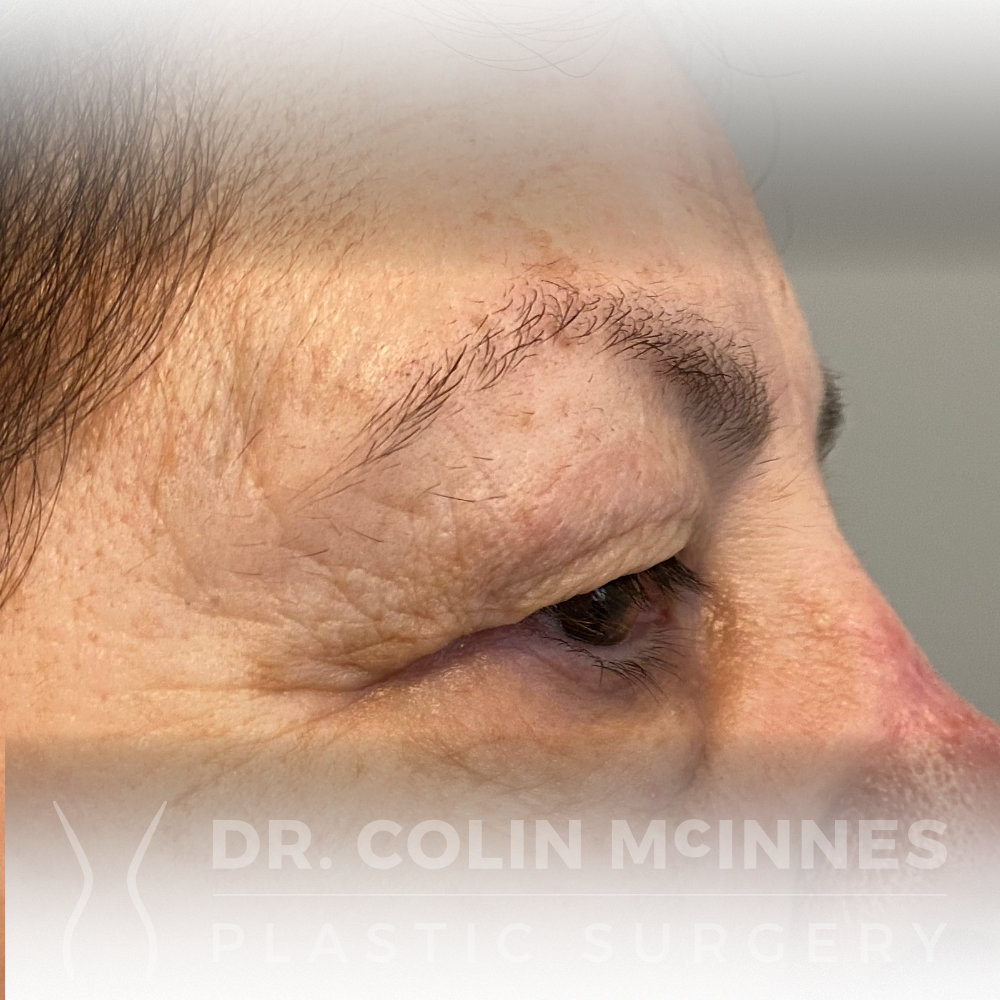
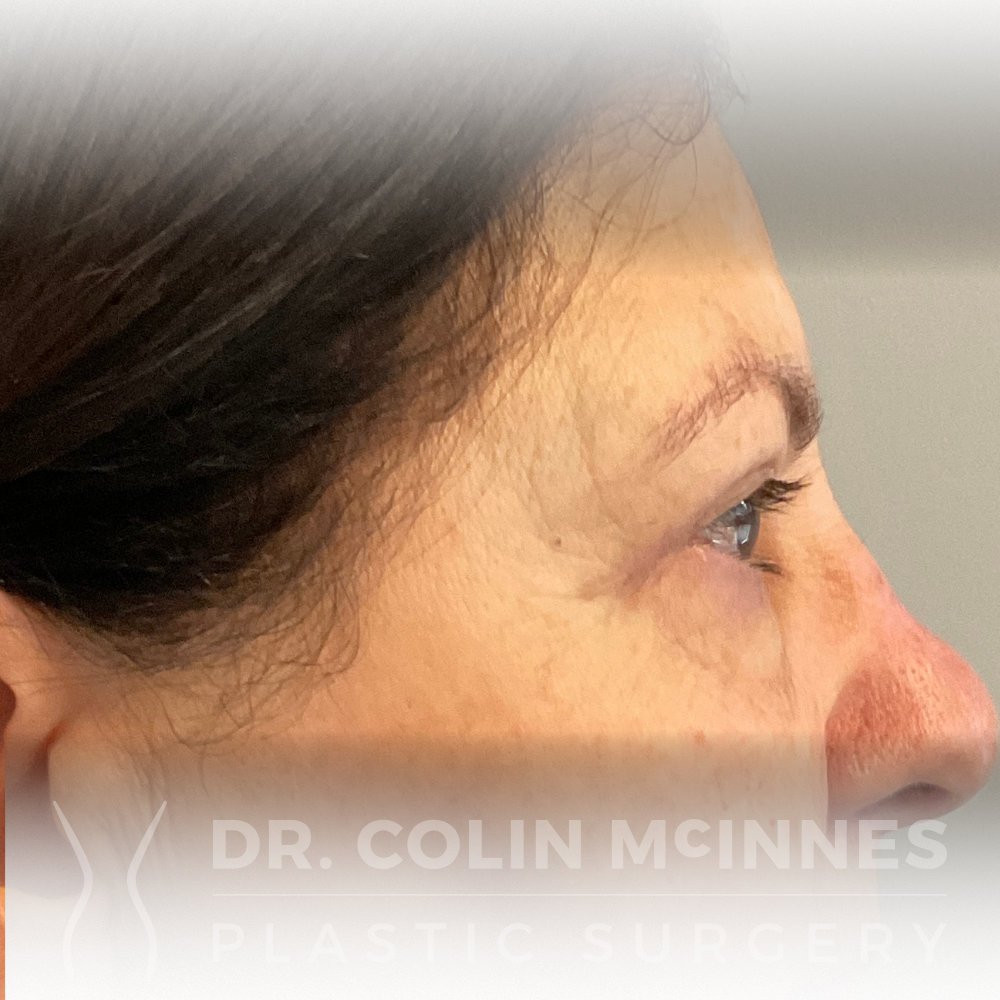
Upper Eyelid Blepharoplasty
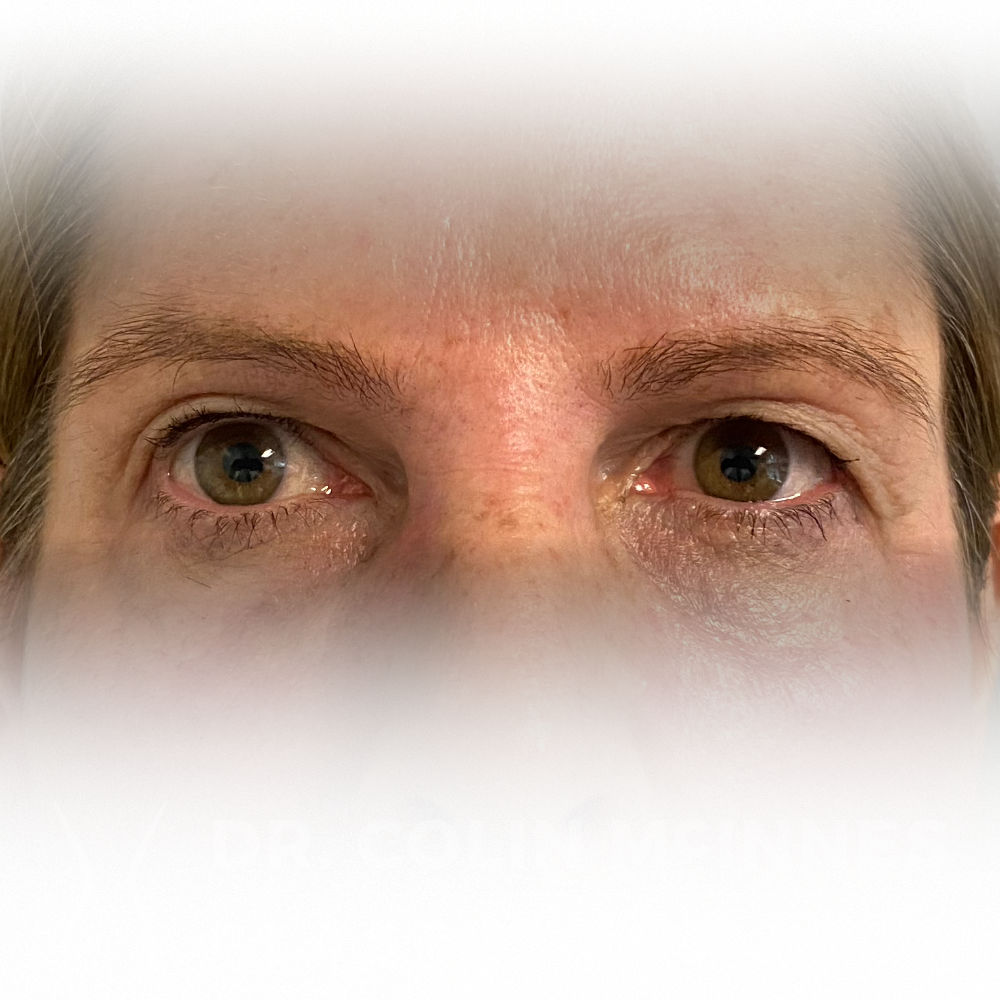
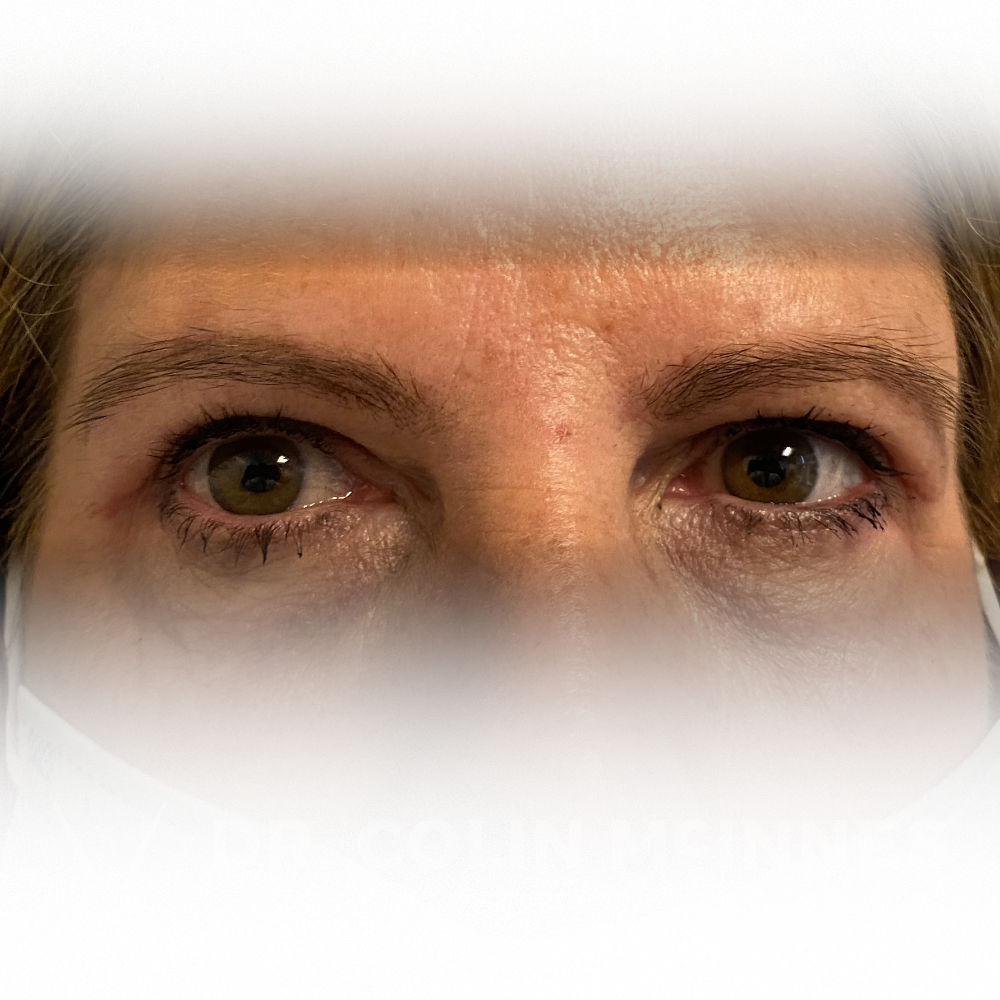
Upper Eyelid Blepharoplasty
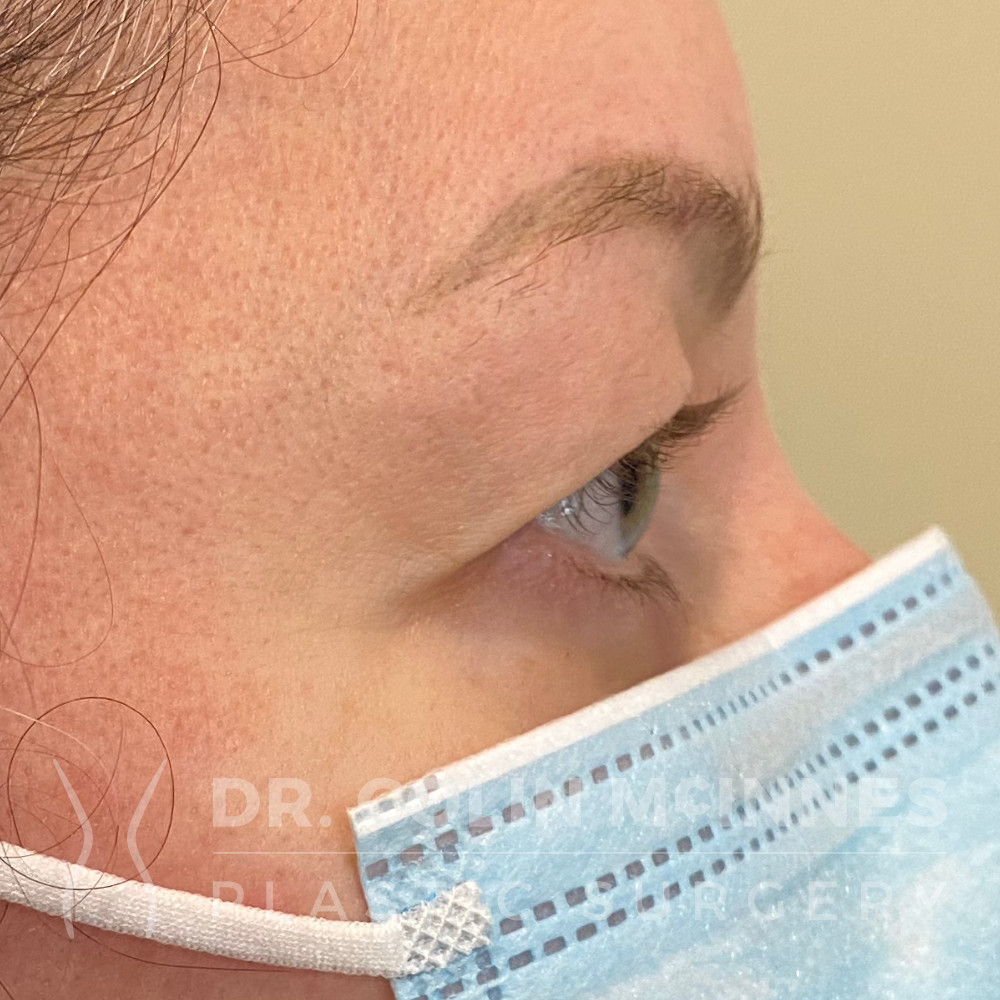

Upper Eyelid Blepharoplasty


Upper Eyelid Blepharoplasty
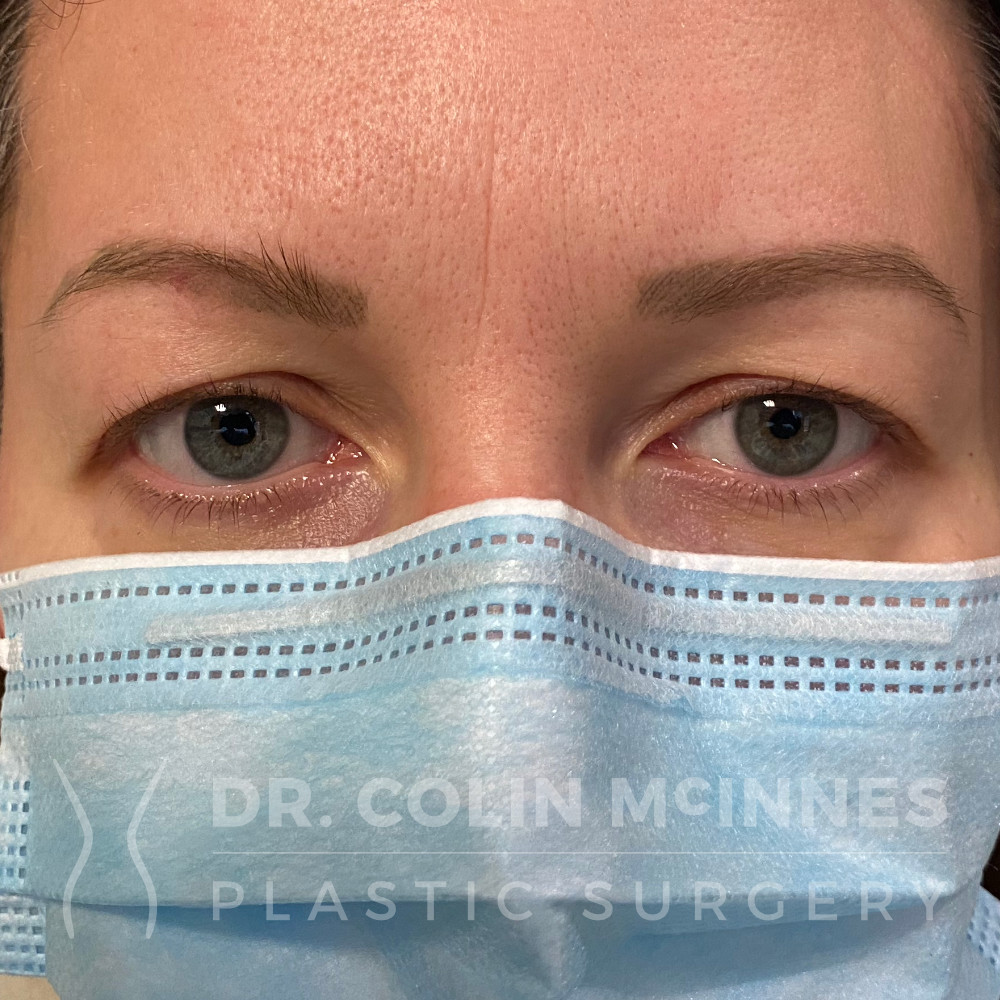

Upper & Lower Eyelid Blepharosplasty
